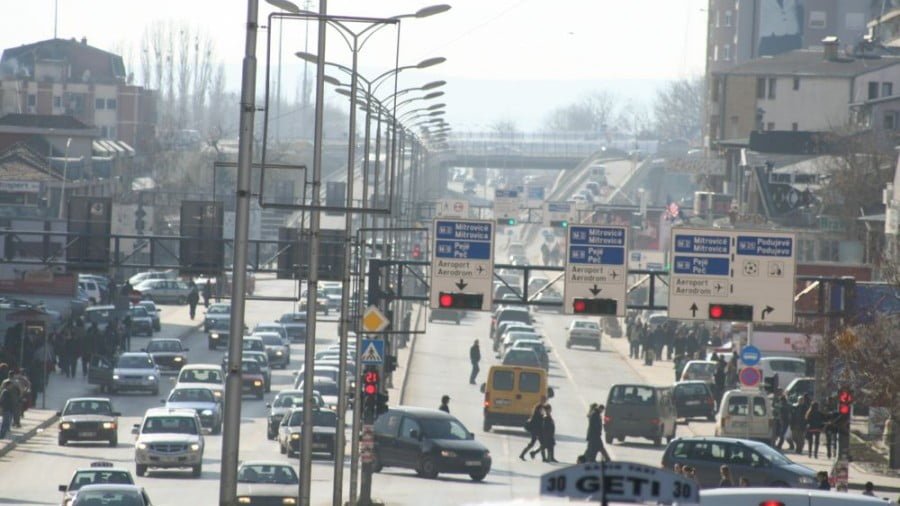Central Asian Power Industry to Support Afghan Economy
The power generating sector plays a crucial role in re-establishing peace and stability in the territory of the Islamic Republic of Afghanistan. No modern nation can hope for rapid and stable development when facing energy shortages. And this is especially true for war-torn Afghanistan. International armed forces are waging a war against terrorists who occupy parts of the Islamic Republic of Afghanistan. In the meantime political and business circles in countries that are keen on re-establishing peace on Afghan soil have been devising and financing large-scale projects, which can help Afghanistan to develop various sectors of its economy including its power industry.
According to 2017 data, almost 19 million Afghan residents, i.e. over half of the nation’s entire population, have no access to electricity. Power use far exceeds its generation, with imports from neighboring countries compensating for this shortage. However, Afghan residential districts still lack energy supplies for their heating and lighting needs, while manufacturers cannot meet their operational requirements.
Afghanistan receives considerable amounts of electricity from its neighbors, such as Tajikistan, Turkmenistan and Uzbekistan. These Central Asian countries are fully aware that the situation in Afghanistan impacts their own well being as well as regional security. Therefore, they try to help their troubled neighbor as much as possible. Tajikistan, for instance, exported 1.4 billion kWh worth of energy to the Islamic Republic of Afghanistan in 2017. A meeting between Shukurjon Zuhurov, the Chairman of Tajikistan’s Assembly of Representatives, and Abdullah Abdullah, the Chief Executive of the Islamic Republic of Afghanistan, took place in June 2018. At this meeting Zuhurov announced that Tajikistan plans on increasing its energy supplies to Afghanistan to 1.5 billion kWh. In addition, the Tajik politician reiterated once again that Dushanbe views economic growth and reduction of tensions in Afghanistan as the foundation of peace and stability in the whole region.
Uzbekistan also decided to considerably increase its electricity supply to the Islamic Republic of Afghanistan in 2018. Afghanistan has been importing Uzbek energy supplies since 2002. Every year the two nations sign a new agreement that accounts for growing Afghan needs. This has resulted in an increase in Uzbek electricity supplies to Afghanistan from 62 million kWh in 2002 to 200 million kWh in 2017. In 2018 the two sides signed an agreement on supplying 2 billion kWh.
However, unilateral efforts made by Afghanistan’s neighboring nations are insufficient to meet all of this nation’s energy needs. Hence, it is far better to join these efforts. The decision by the Central Asian nations of Kazakhstan, Kyrgyzstan, Tajikistan and Uzbekistan to resurrect the Central Asian Energy Ring (CAER) could have a positive impact on Afghanistan’s fate. CAER is a common energy supply system, created at the time when all of these nations were USSR republics. The circle enabled surplus electricity, generated in one republic, to be distributed to other republics thus ensuring that neither region experienced power shortages. However, after the USSR fell apart and the Central Asian nations gained their independence, economic and political disputes flared up among these countries. As a result, the former republics eventually abandoned the common energy ring, which led to an energy crisis in this Central Asian region. Still, with time, the Central Asian nations were able to find common ground. In May 2017, a proposal, to once again join their power supply systems, was made during a meeting of the four ministers of energy of these countries. If this initiative is successfully implemented, Tajikistan’s electricity exports are expected to increase, as this nation generates more energy than it needs in summer time.
In November 2017, another Regional Economic Cooperation Conference on Afghanistan (RECCA) took place. High-level officials from 67 nations, who are keen on finding a peaceful solution to the Afghan issue, participated in the event. One of the outcomes of this conference was the decision to link Afghanistan to the Central Asian energy ring via Uzbekistan. In order to achieve this aim, a decision to install a new transmission line Surhan (Uzbekistan) – Pul-e Khomri (Afghanistan), capable of transmitting up to 6 billion kWh of energy per year, was made. The line is to be 260 km long, with 215 km of it traversing Afghanistan. The project costs $ 150 million that the Asian Development Bank agreed to provide. Work on the project is expected to finish by December 2019. In June 2018, Ulugbek Mustafaev, the Chairman of the Uzbek energy company Uzbekenergo, stated that Uzbekistan had started work on linking Afghanistan to the Central Asian energy grid. Once the Afghan energy supply system works in tandem with the common Central Asian grid, Afghanistan will be able to cooperate with all of its neighboring nations on questions concerning the power industry. In addition, Uzbekistan intends to help Afghanistan train the staff required for its power generation sector. While the transmission line Surhan – Pul-e Khomri is being built, Tajikistan and Uzbekistan will continue using alternative routes. By the end of 2018, Tajikistan began supplying the Islamic Republic of Afghanistan with energy via Uzbekistan’s Surxondaryo energy grid.
Another interesting project that aims to connect energy supply systems in Central Asia and South Asia has been dubbed CASA-1000 (Central Asia — South Asia) by the media. This initiative will allow surplus electricity generated in Kyrgyzstan and Tajikistan to be distributed to Afghan and Pakistani regions suffering from energy shortages. India may also become part of this project. In summer months, when much less electricity is used for heating and lighting needs, Kyrgyzstan and Tajikistan are prepared to export their surplus, amounting to 1.3 million kWh. Pakistan will receive 1 million kWh while the rest (0.3 kWh) will go to Afghanistan. The project CASA-1000 costs $ 1.2 billion. Tajik officials claim that the project could be completed within 2 years. In the meantime, Afghanistan has been tasked with ensuring security at transmission line construction sites in its own territory.
Even now, at a time when new transmission lines are yet to be installed, energy supplies from Central Asia help support the Afghan economy. We can only hope that joint efforts by various countries will eventually help Afghanistan leave the times of crisis behind and embark on a path towards peace.







